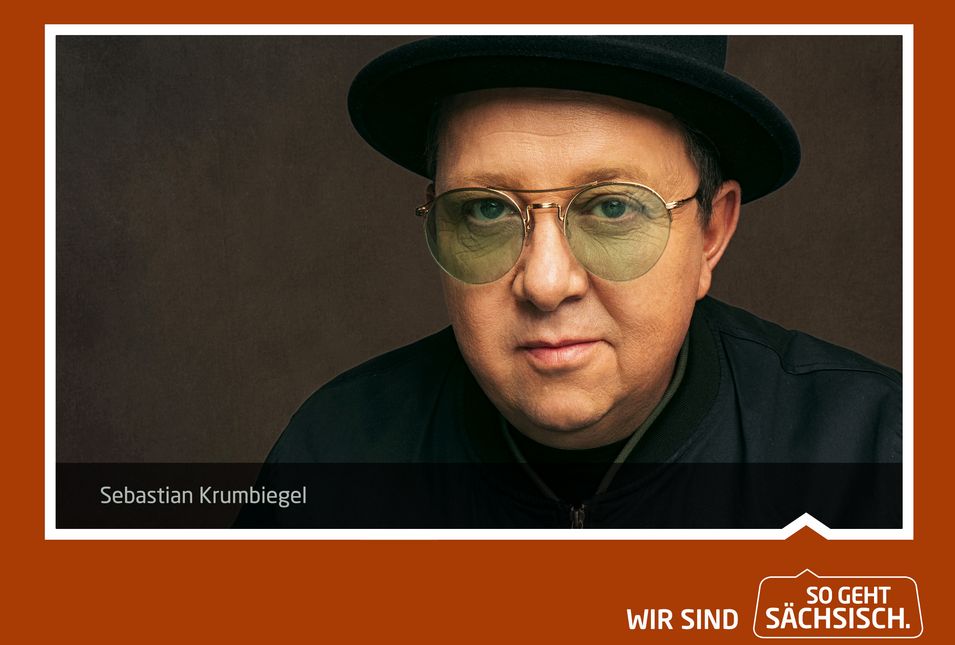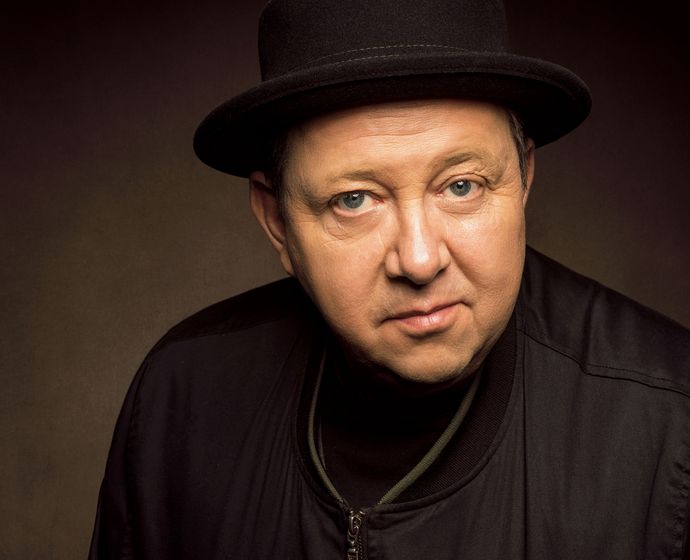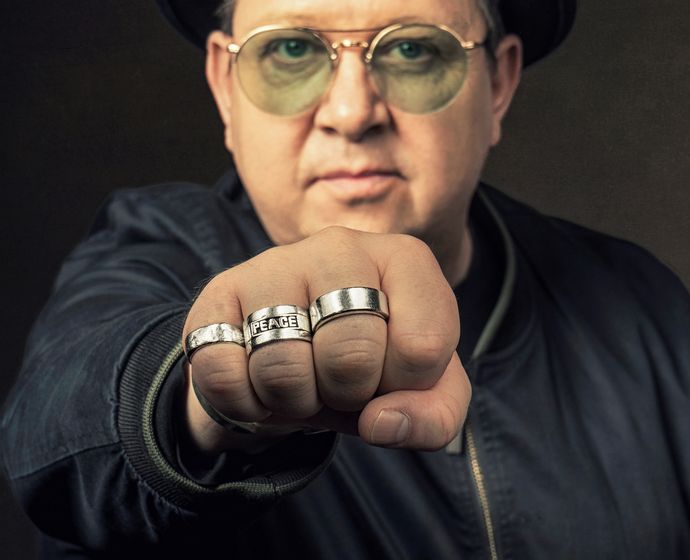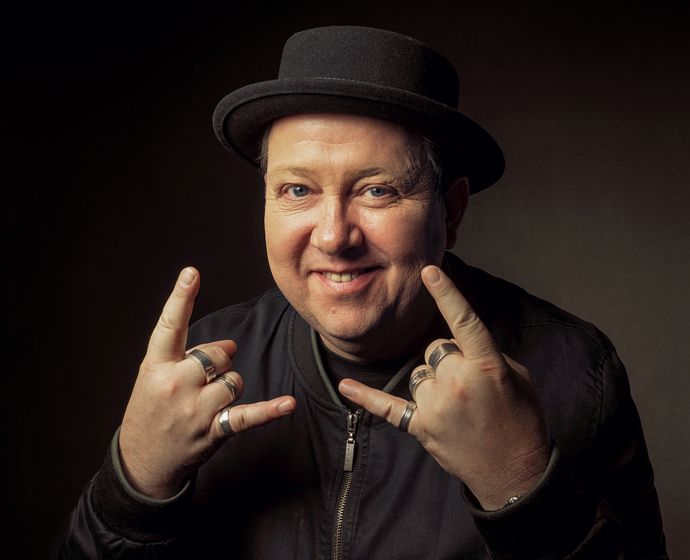To me, “typical of Saxony” means...
Lene Voigt, Jürgen Hart, a distinct sense of humor, and a dialect loved all around the world.
When I think of Saxony...
I think of Johann Sebastian Bach, Meissen porcelain, the historic Green Vault – and, sadly, also Pegida, which first arose in Dresden.
The preconception about the people of Saxony that bugs me the most is...
That especially in the western German states, there’s a widespread idea that we’re all just Nazis here. Many times, people just don’t see that there are a lot of engaged, smart people here who are standing up for democratic structures and defending democracy against its opponents, even when it isn’t easy. To quote the motto of the city of Chemnitz: We are more!
My favorite places to be are...
I have a lot. There’s Leipzig, of course, which is rich in culture and has a vibrant nightlife, with Conne Island, my favorite club, Ilses Erika, and then St. Thomas’s Church. I’ve made music at all of these places. I also enjoy pedaling my bike around the lake landscape that has formed from the former open pit mines.
The biggest challenge Saxony will have to face in the future is...
Stopping the steady trickle of right-wing and anti-democratic influences in politics, the justice system, and the police, I think.
How do you think Saxony’s image has changed in recent years?
It’s hard to say. The political headlines aren’t good a lot of the time, at least as far as conspiracy theorists, so-called citizens of the Reich, and right-wing extremism in general are concerned. But I do hope and believe the tide is turning there. I think our current minister-president, Michael Kretschmer, is trying to counteract this craziness. Unlike his predecessors, he isn’t just denying that the issue exists. He is tackling it by naming it and fighting where he can, taking a clear stance, and I think that’s encouraging.




